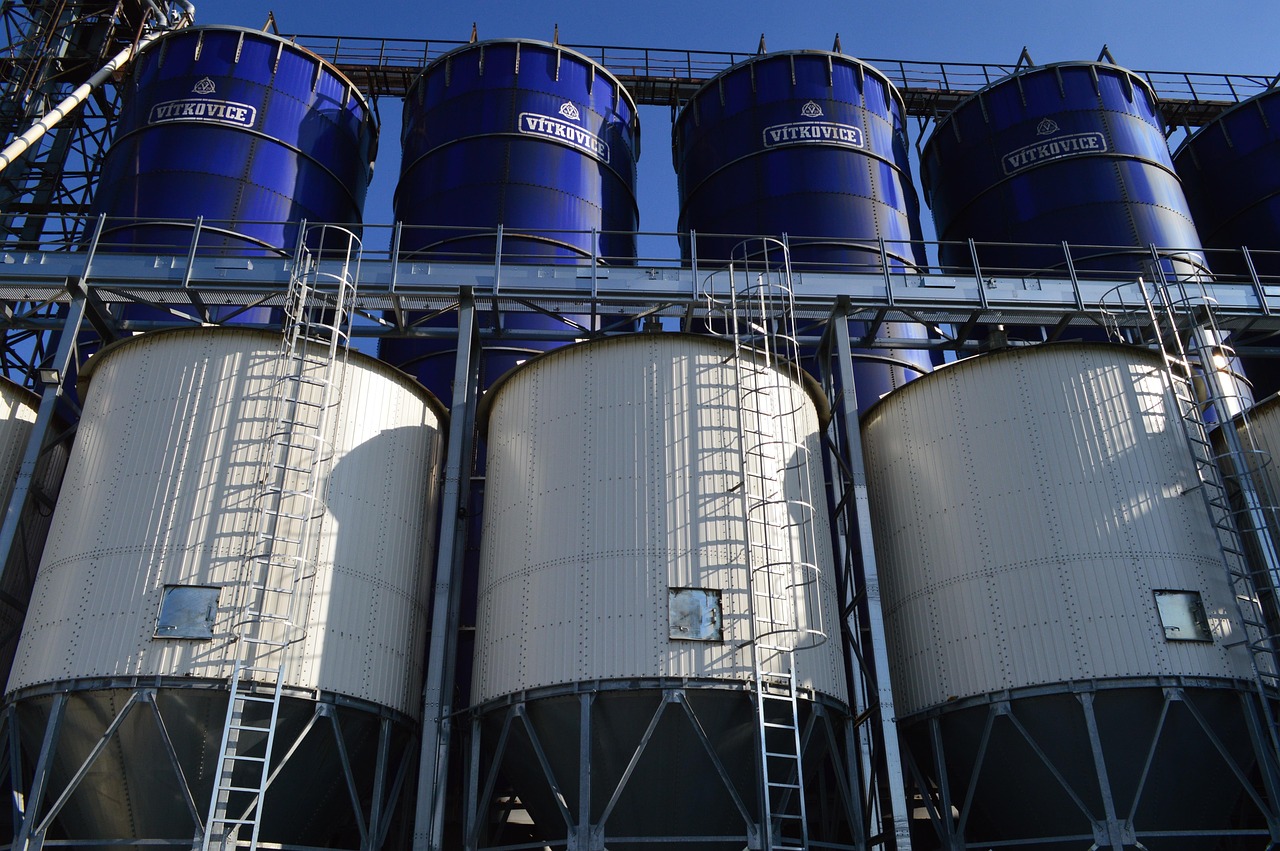
Keeping water tanks spotless is more than just a matter of appearances. It’s key to ensuring they remain durable and functional over time. Without regular cleaning, tanks can become breeding grounds for harmful bacteria and debris, leading to contamination and potential damage. By maintaining a clean tank, you can protect your investment and ensure the water supply stays fresh and safe for use.
Imagine not having to worry about the quality of your water every day. By taking preventive measures with routine cleaning, water tanks can effectively serve households, businesses, and farms without unnecessary interruptions. Regular maintenance helps to minimize repair costs and extends the life of the tanks. Think of it like taking care of your car with regular oil changes—simple steps protect against costly issues.
Inspecting the Tank for Debris
Before cleaning, take a moment to look for any noticeable debris or buildup inside the tank. This might include leaves, dirt, or other organic material that has found its way in. Over time, if not addressed, debris can clog up drains, interfere with water flow, and even cause rust or corrosion in metal tanks.
Start by inspecting the interior with a torchlight. Look closely at seams and corners where debris usually settles. Note any obstructions that could impact drainage or cause wear. It’s like shaking out a rug; you want to get rid of the small bits that sneak in over time.
Here’s a quick checklist for inspecting your tank:
– Turn off any pumps or filters attached.
– Use a torch to check all corners and the bottom of the tank.
– Look for visible debris or buildup.
– Check for any unusual smells that might indicate decay.
– Inspect for signs of rust or corrosion, especially along seams.
Detecting and removing debris early can save you the hassle of larger issues later. Plus, it ensures that when you clean the tank, you’re doing so thoroughly and effectively.
Gentle Cleaning Methods
Once you’ve inspected your tank and removed debris, it’s time to clean. Focus on methods that are effective but gentle, to avoid damaging the tank. Using soft brushes and non-abrasive cleaning agents is a smart approach. These tools help protect the tank’s surface while removing grime and buildup.
Avoid harsh chemicals that can corrode or weaken the tank material. Instead, opt for mild detergents or solutions specifically designed for tank cleaning. Much like how you would clean a delicate piece of furniture with care, tanks need that same respect. Harsh scrubbing or abrasive tools can lead to unnecessary wear, potentially creating weak spots. Take your time, and clean from top to bottom, paying special attention to any areas with stubborn stains.
Ensuring Proper Drainage
Proper drainage is a key step in the cleaning process. When rinsing out cleaning solutions or leftover debris, make sure everything flows out smoothly to prevent residue buildup. This step is straightforward but crucial for maintaining the integrity and cleanliness of your tank.
– Start by opening all drainage points to let water and cleaning agents exit.
– Use a gentle spray to rinse the sides and bottom, ensuring all soap and debris are flushed out.
– Check that the outflow is consistent and complete, avoiding any pooling.
Poor drainage can lead to stagnant water and residue, negating the cleaning efforts. By ensuring thorough drainage, you help maintain the tank’s hygiene and functionality.
Regular Maintenance Schedule
Setting up a regular maintenance routine is like having a calendar reminder for important tasks. It keeps your tanks in top shape throughout the year. Depending on the environment and how often you use your tank, the cleaning frequency might vary. Tanks located in dusty areas or used frequently might need more attention.
Consider checking your tank at least every few months. For more precise timing, think of the general rule: if it’s as essential as your household’s water source, give it the care it deserves. Develop a schedule that fits your tank’s needs, and stick to it consistently.
Final Checks and Prevention Tips
After cleaning, perform final checks for any signs of damage or wear. Look for cracks or leaks that might have surfaced during cleaning. These small checks can prevent bigger problems down the line. Ensuring tank health, post-cleaning, gives you peace of mind that your efforts were not in vain.
Consider additions like tank covers or protective filters to keep out debris in the future. Preventing dirt and organic matter from entering in the first place can save you work later. These measures can help maintain cleanliness over time and improve the efficiency of your maintenance efforts.
Maintaining your tank doesn’t have to feel like a daunting task. With careful inspection, gentle cleaning, and a smart schedule, your tanks can stay in great shape, providing you with clean and safe water without fail.
To keep your tanks in peak condition and reduce potential issues, it’s vital to regularly maintain and clean them. Discover more about effective and thorough tank cleaning by visiting ATM Tanks. This proactive approach ensures your system continues to deliver safe, clean water without hassle, setting you up for long-term success.
- Why Water Tank Cleaning Services Matter in Summer Heat - January 4, 2026
- Fixing Dirty Tanks Early in Summer Keeps Water Safe - January 4, 2026
- Industrial Tank Cleaning Done Right for Long Hot Months - January 4, 2026






